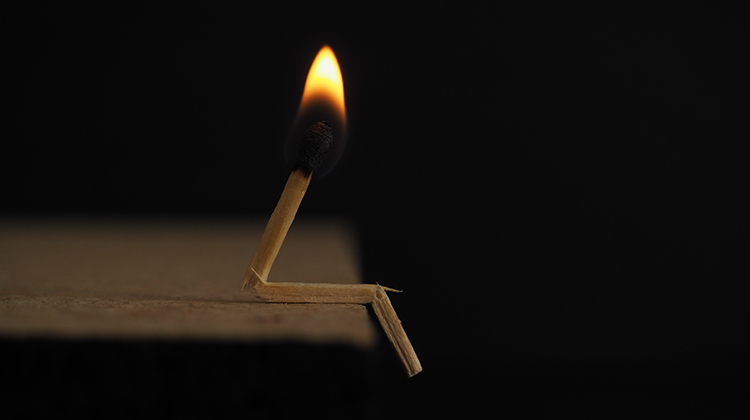How reflective practice can prevent burnout for teachers and students

COVID-19 has been a catalyst for change and a major disrupter of all societal functions. The education community has been significantly impacted by ongoing lockdowns, Public Health Orders and remote learning. Every school system has flexed, adapted, and engaged with emerging technologies to frame remote learning. School leadership teams have coordinated mixed modes of remote learning, supporting teachers to connect with students while still meeting changing system expectations.
Remote learning has shifted the focus for teaching 21st century skills to a now digital classroom, putting significant pressure on the teaching profession. The essential skills of critical thinking, effective communication, collaboration, creativity, cultural awareness, autonomy and digital literacy now take place predominantly via an online platform.
Teaching of these skills require student-centred pedagogies for authentic learning. Providing students with opportunities to collaborate, communicate, self-reflect, self-pace and self-guide is a balancing act. Many students and families are struggling to balance the demands of face-to-face teacher screen time, supported learning and self-directed learning each week. This feedback provides teachers a unique opportunity to reflect on their own practice, using this period to assess and understand how students are learning and the best ways to teach them.
That being said, we cannot deny the very real issue of fatigue and burnout in school communities. We are already expecting a great deal from our education workforce, therefore, it is not intended to suggest adding something more is required, rather use already sound reflective practices teachers use every day to be adapted for the new way of teaching.
Remote learning does not readily support traditional reflective practices needed to inform and drive continuous improvement. The way in which remote learning is designed is to facilitate two-way communication. Teacher provides learning, student sees and engage, student returns learning back to teacher, and were possible, teacher provides feedback. When we look at the current teaching strategies, they are anything but two way, with learning, sharing and implementing developed continuously and formative assessment happening each and every day.
Normally bustling staff rooms, bursting with collaboratively possibilities are now limited. School leaders have bundled established staff management practice with online tools to create digital staff rooms. System expectations have driven the release of new online tools that require schools to meet increasing compliance measures. Teachers are doing an incredible job, but they are losing a part of the role that sees them reflect on their practice in opportunistic corridor conversations.
When teachers return to school, school leadership teams set the plan to grow a culture of self-reflection that it becomes a dynamic, everyday practice in the school. Perhaps we need to forge ahead with reflective practices in lockdown too, equipping teachers and students with skills to adapt to any uncertainty and change.
This practice could help the school community develop creative thinking skills and encourage engagement beyond the curriculum learning processes. School leaders could also benefit from facilitating targeted professional development to institute reflective practices in their teams, but it does not all have to be about curriculum, results, and engagement, perhaps critically reflecting on the delicate balance between understanding self, others and being aware of limitations, and barriers.
Self-reflection is a powerful tool that helps students empathise with others and understand how improvements to learn and grow are needed. It also supports the development of resilience and wellbeing. When teachers design learning tasks that includes self-reflection skills in students, they do don’t only promote engagement with content, they create opportunities for students to connect with each other. This is an important building block for developing empathy, an essential component of a strong, positive resilient community.
Teachers have the unique opportunity to create an environment which centres on the learner to support students be innovative, confident, engaged and responsible. Reflective practices focus on the learning process to improve student outcomes. Teachers that are explicit in communicating learning expectations create learning tasks that require students to be creative, applying thinking, and problem-solve. At this challenging time, these skills are more essential than ever before. The content and curriculum may be the tool, but the teacher has the ability to foster self-reflection as a life skill.
It is a victory for learning. It continues to be ignited. Let’s ensure as we return to face to face learning we don’t lose sight of how important it is to stop, think, refine and engage in the world around us.
Photo by Sebastian Sørensen from Pexels